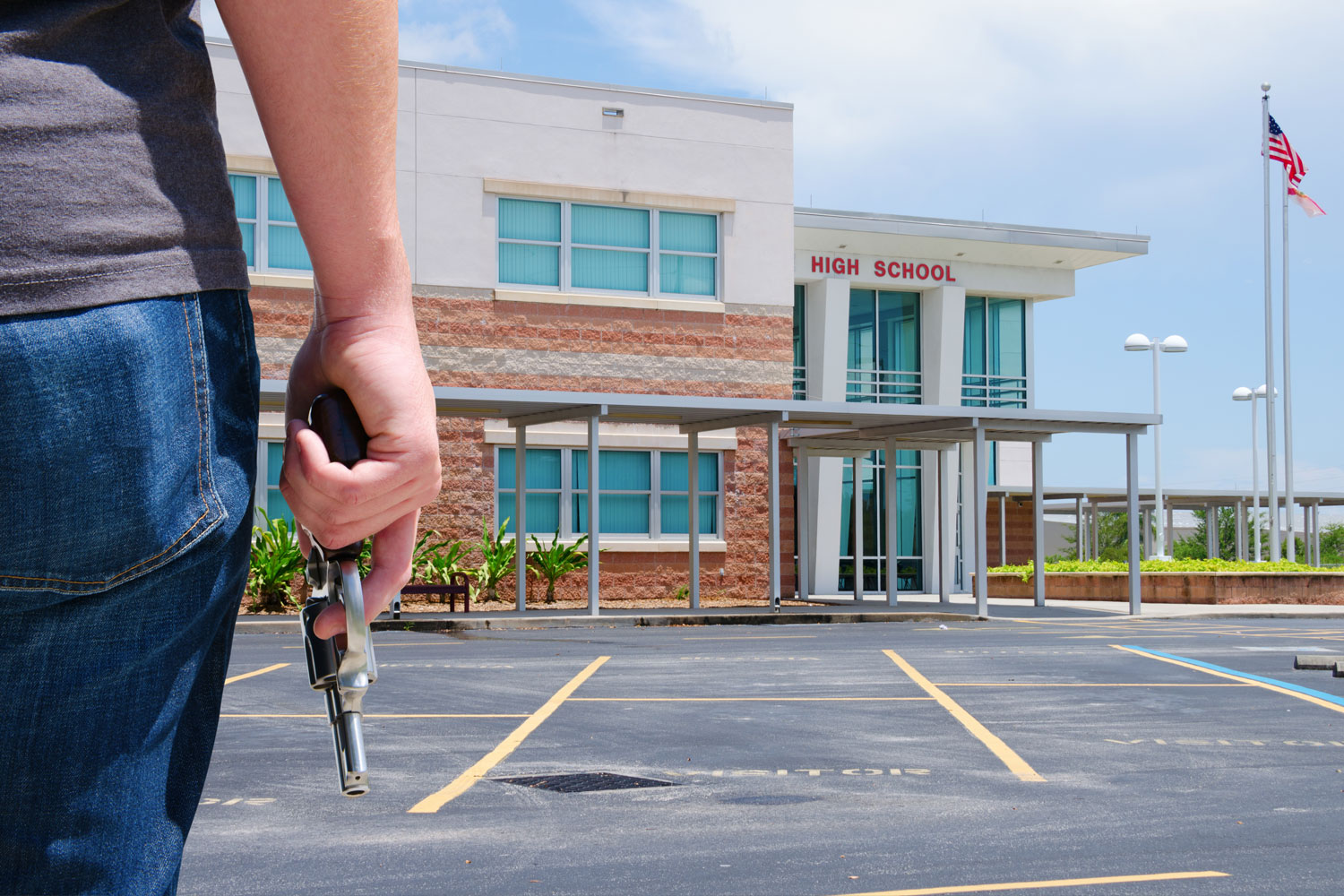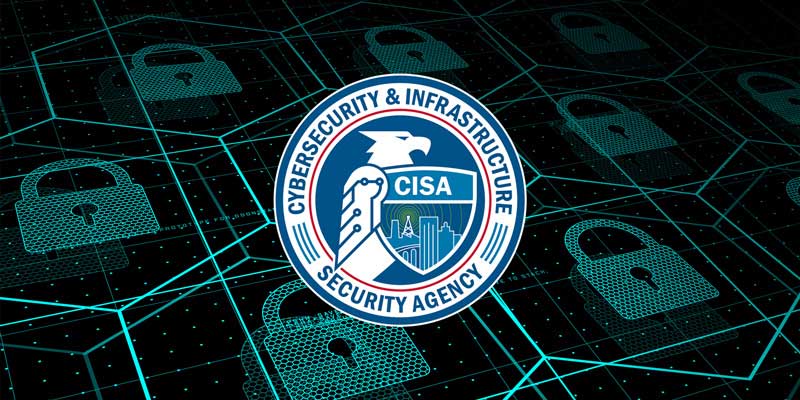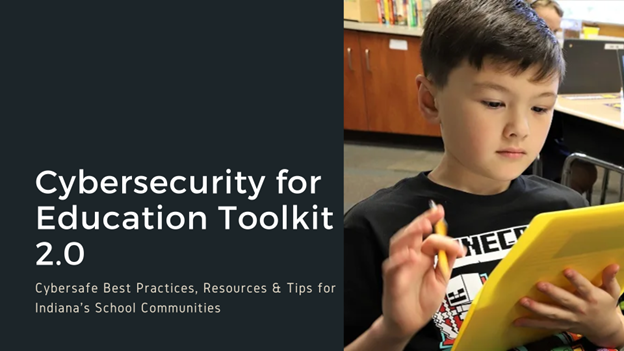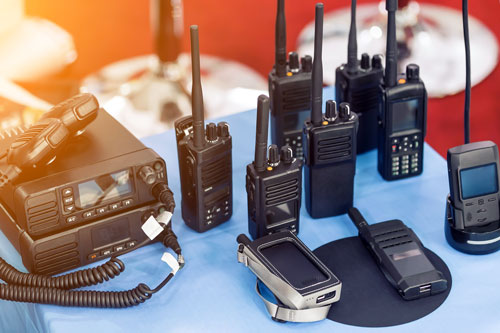The Department of Homeland Security’s Office of Academic Engagement (OAE) released Exercise Starter Kits for the K-12 community focused on an active shooter incident as part of the Campus Resilience (CR) Program.
The CR Program’s Exercise Starter Kits are self-conducted tabletop exercises (TTX) that provide school districts and schools with a set of scalable tools to develop a TTX that can be tailored to validate or update their existing emergency operations plans, policies, and procedures, while also identifying issues, gaps, and areas for improvement in response to an active shooter incident.
The K-12 Exercise Starter Kits are currently available at the elementary, middle/junior high, and high school levels. Each Exercise Starter Kit includes a set of planning documents that contain pre-populated exercise content that aligns with the Homeland Security Exercise and Evaluation Program’s (HSEEP) methodology and principles. The kits include:
- An Exercise Conduct Briefing for presentation during the TTX
- A Situation Manual to provide background information on the TTX, scenario content, as well as discussion questions for participants
- A Facilitator Guide for assisting facilitators in delivering the TTX
- A Participant Feedback Form Template for players to provide candid feedback on the TTX
- An After-Action Report Template for summarizing key strength and areas for improvement following the TTX
The K-12 kits are a part of the CR Program’s other suite of Exercise Starter Kits, which are designed for institutions of higher education (IHE) and focus on a cyber breach, hurricane, and active shooter incident.
To obtain the K-12 ESK, please fill out this request form.
Academic Community Exercise Starter Kits

























